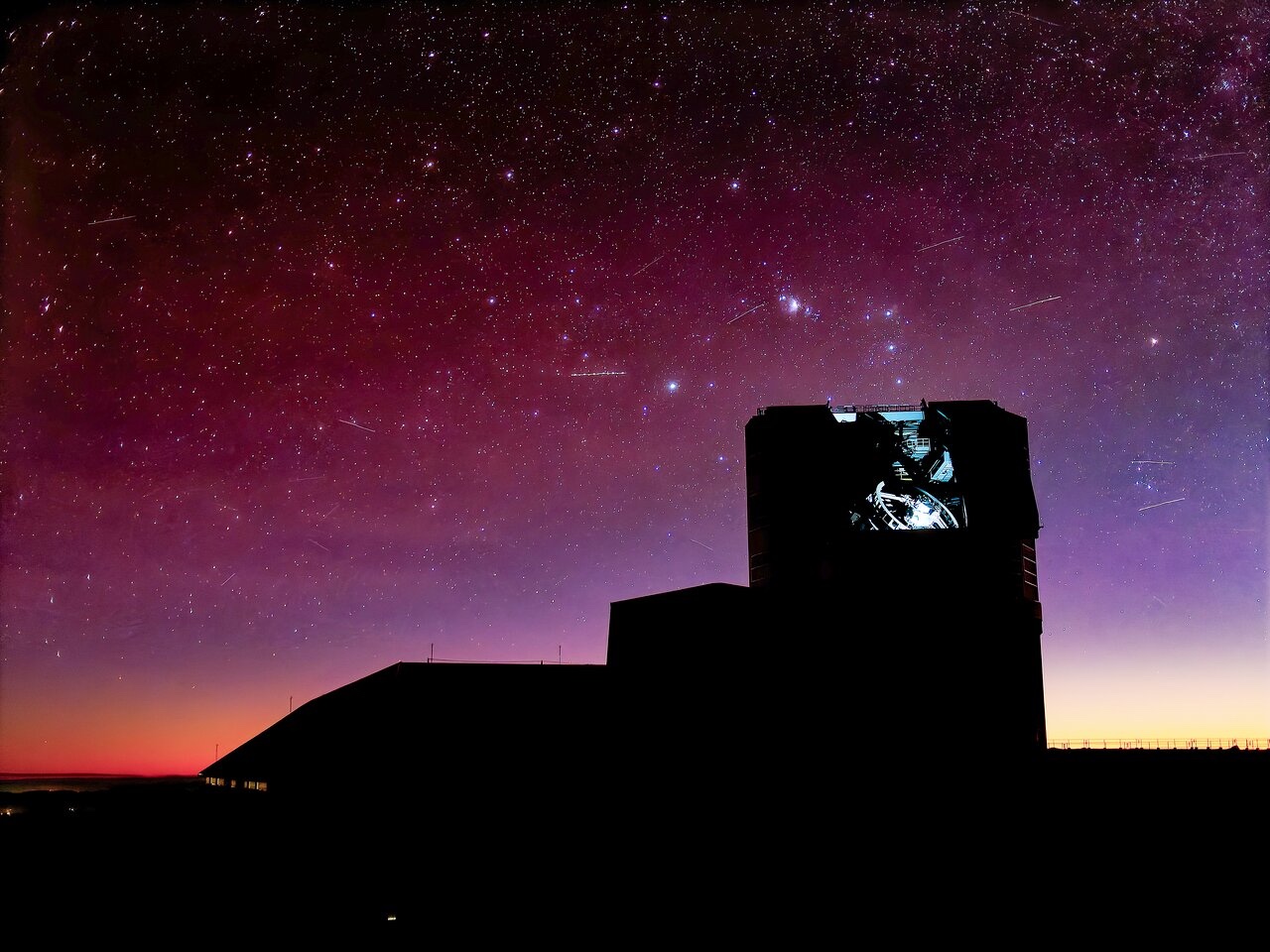Developers of large satellite constellations are facing significant challenges in meeting brightness goals set by astronomers. These standards aim to reduce the impact of satellite light pollution on astronomical observations. As of now, companies like SpaceX and OneWeb have indicated that achieving these objectives may prove impossible.
The issue has gained urgency as the number of satellites in low Earth orbit continues to rise. According to the American Astronomical Society, the brightness of these satellites can interfere with the ability of telescopes to capture clear and precise images of celestial bodies. This concern has led to calls for stricter regulations and more effective mitigation strategies.
Challenges in Brightness Mitigation
The brightness goals were initially proposed in 2020 during discussions aimed at balancing satellite deployment with the needs of the astronomical community. However, recent assessments have found that many of the measures intended to reduce visible brightness, such as painting satellites darker colors or using sunshades, may not yield the desired effects.
The European Space Agency has acknowledged that while some progress has been made, the sheer scale of satellite deployment poses an ongoing threat to the night sky. The rapid expansion of satellite constellations highlights the tension between technological advancement and the preservation of astronomical research.
Industry Response and Future Outlook
Participants in the space industry have expressed a commitment to finding solutions. Niklas Heins, a senior engineer at SpaceX, stated, “We are actively exploring new technologies and designs that can help us minimize our impact on the night sky.” The industry recognizes that collaboration with astronomers is crucial in developing effective strategies.
As discussions continue, stakeholders are considering a range of options, including potential regulations that could enforce compliance with brightness standards. Experts warn that without a concerted effort, the increase in satellite numbers could permanently alter the night sky, making it more difficult for future generations to engage in astronomical observation.
The ongoing dialogue between satellite developers and astronomers is essential. Moving forward, the industry must balance innovation with a commitment to preserving the integrity of scientific research.






































































